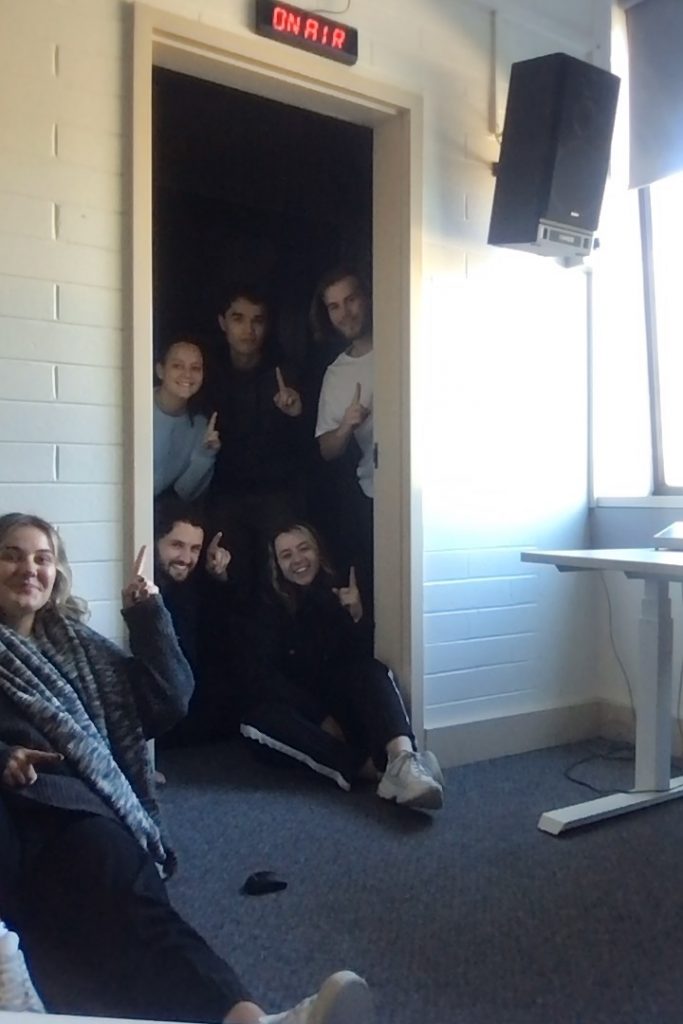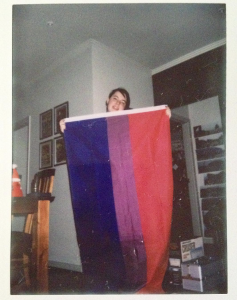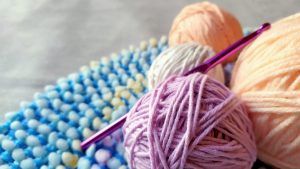Walking in the shoes of a refugee
By ELLA FISHER
ESCAPING the bitter chill of winter, four families make themselves comfortable in a cosy living room.
Toys are strewn across a woven mat, family photographs are displayed on an overcrowded bookshelf and around a door you can see into a bedroom.
Relaxed conversation is suddenly interrupted by close gunfire and the makings of a revolt that the newspaper discarded in the corner predicted.
The group has to make a decision.
Hide or Run.
This living room is in Stage 66 in Commonwealth Park and the set of Oxfam’s Refugee Realities universal house.
As gardeners plant thousands of bulbs in preparation of Floriade, school groups and members of the public journey from a war-torn country to a refugee camp.
The Azra, Brum, Caze and Deng families are made up of high school students participating in the simulation of the refugee experience.
Twenty students wear identification tags of a different identity from a 95-year-old grandma to a six-year-old farm hand.
The group is forced to split into two, children away from parents, or in reality friends from friends.
Teenage girls whine and longingly look back at the best friends, not grasping the bigger picture.
A barbed wire fence laden with “danger” and skull and cross bone signs marks a path.
The group walks silently in a line past an animal skull sitting ominously on a fence post.
A sudden siren breaks the silence and two students scream in shock.
A girl has stood on a landmine and the presenter sticks a red spot on her leg to represent a lost limb.
Paying more attention to where they step, two other students help her walk, following yellow markers through the minefield.
Ahead the group can hear someone or something walking through leaf litter.
A canopy brushes against their heads as they quietly make their way through a jungle.
A soldier peers through ferns and vines and the group crouches low to the ground, hoping he doesn’t notice them.
The soldier becomes nervous and fires shots through the air and the group sprints through the remaining undergrowth.
A wall made of black suitcases appears before them.
Standing in a line with a hand on the shoulder of the person in front the students blindfold themselves to create the darkness of nightfall.
The students now must rely and trust their classmates to ensure their survival.
As the echoing sounds of a tiger’s growl and footsteps disturbingly close to the group surround them, the group slowly walks towards the border.
Leaves brush against hands and feet slip on fallen branches as the students work as one to ensure everyone keeps together.
The sounds of a helicopter are heard overhead and blindfolds are removed.
It is dawn.
Ahead a razor wire fence marks the border and the group runs toward it expectantly.
“Halt!” bellows a border guard.
Refused entry the group stares longingly at the refugee camp through the bars of the border gate.
The group waits and waits and the presenter explains there are millions of people in the world that are prevented from crossing international borders and forced to live in makeshift communities as internally displaced people.
“The reality of what some people are forced to experience is difficult to imagine and this simulation gave me the opportunity to appreciate how lucky I am in Australia,” participant Tom Langley said.
The family and friends that were separated during the journey reunite with the group.
The students discuss the situation and with new-found energy attempt to pass the guards by bribing them.
The guards check each student’s identification card as they cross the border.
They discuss the last name of the Azra family, the same as the overthrown dictator.
They conclude the children could not be dangerous but grandma Azra, despite her age, must be detained.
As they walk towards the refugee camp, the group looks back at their classmate locked in a makeshift jail.
There is an atmosphere of elation when they reach the entry to the refugee camp.
They experience confusion as a government official records their details, but then comfort as a kind aid worker explains the operations of the camp from sanitation to clean water and rationing.
Equipped with sticks, an old tarp and rope the family groups build shelters, shocked by the reality that the average time spent in a refugee camp is eight years and their makeshift tents would be their only protection from extreme weather conditions.
“The atmosphere would interchange based on the journey people were experiencing at that time which is testament to the fact that people were really getting into their refugee roles and the whole simulation experience,” Project Coordinator Nghia Nguyen-Le said.
To end the simulation the group discussed their experiences and changed perspective on refugees.
“It gave the audience the chance to personally relate to situations removed from them, and reflect upon what they might be able to do to ensure the human rights of all people are met,” Refugee Realities Actor Trainer Hanna Cormick said.




Be the first to comment!